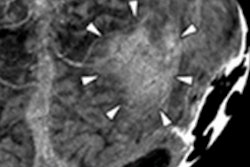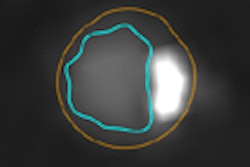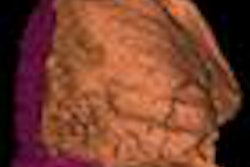"Usually, radiologists in an operating room provide verbal instructions to technologists, who may then display appropriate images with various image processing," said Kunio Doi, PhD, from Gunma Prefectural College of Health Sciences.
However, if the technologist is not at the console due to the preparation of a catheter or contrast medium, it's hard for him or her to respond to radiologist commands. And in some cases, proper images may not be displayed due to a communication error.
"With our system, the operation of the workstation would be done more naturally and intuitively," he said. "Interventional radiology has become very common in medical centers, even at small clinics without a technologist. Therefore, a novel image operation system using a motion sensor for angiography will be performed as routine work in many parts of the world."
Doi and colleagues utilized Microsoft's Kinect technology, which can be used to read different movements. Kinect's infrared laser emitter, an infrared camera, and an RGB camera are used for gesture recognition. Measurements of depth were made by triangulation using the infrared camera.
The group found that various image processing tasks could be performed with hand movements, which could be useful for angiography in the operating room. In addition, the system can be used for other modalities such as CT and MR.



















